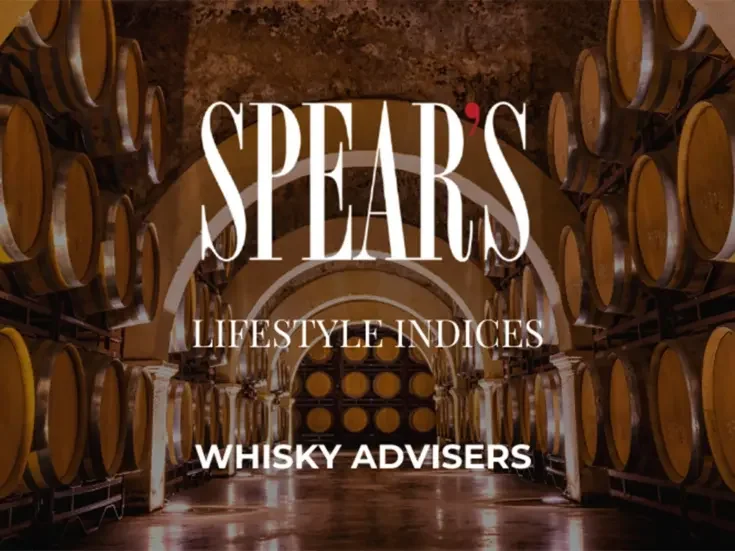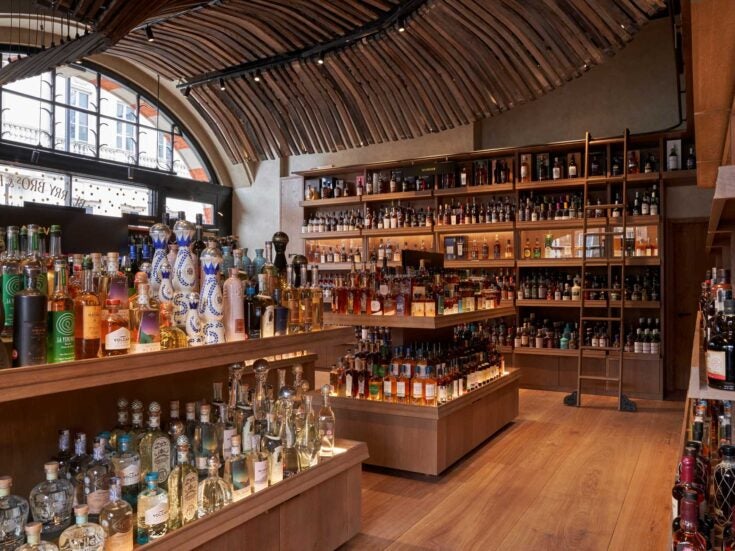
Hot off the Press
Youth today! Precocious, confident, full of attitude, right up there in your face… Never mind the Napa Valley — that’s just the Burgundies, says Marlon Abela
A NEW BUG has hit wine lovers around the world and it seems to be contagious. I am suffering from it, all my wine buddies are suffering from it and it’s even affected the most renowned and established wine experts. It’s the bug of youth! For some reason we all seem to be more attracted to wines in their infancy, full of fruit, freshness and vibrancy.
I understand this phenomenon for ‘New World’ wines — after all, they are relative newcomers and are not all known for their bottle-ageing potential. I can even understand this when it comes to ‘Old World’ white wines, but when it comes to some of the most prized red Bordeaux — and I’ve noted that it’s even more the case with Burgundy — I wonder what has changed in recent times to make so many of us seek such precociousness in our wine.

A few weeks ago I was entertaining at Umu with two Masters of Wine friends of mine, who are at the very top of their game. We opened three sought-after Burgundies from the underrated 1993 vintage, which we all happened to love and of course tasted blind. They were Romanée-Saint-Vivant (RSV) from Domaine de la Romanée-Conti, Richebourg from Méo-Camuzet, and Echézeaux from Emmanuel Rouget. The magic hand of iconic winemaker Henri Jayer has influenced both these last two domaines. The youthful and complex Echézeaux was the favourite; I scored it 18/20. There was some debate as to which of the Richebourg or the RSV was superior, and although both are very good wines, I gave the edge to the Méo-Camuzet.
To top the evening off, I decided to open a 2003 RSV, to create a bit of fun and controversy, thinking I would have to defend my corner in sacrificing this nascent beauty — but lo and behold, it was the preferred wine of the evening. I also scored it 18/20, but due to its exuberance, fruitiness and of course its inherent, fine pedigree, there was an enjoyment factor here that the Echézeaux could perhaps not offer.
I’ve also noticed this trend at my restaurants, where our customers often order the very top wines we have to offer, but from the youngest vintages available on our wine lists. It isn’t a price issue, as young wines can often be more expensive due to their increasingly steep release prices.
Personally I find that climate change and better winemaking techniques result in wines that give so much pleasure at a young age. What pleases me most is that I still identify great layers of complexity that previously would have taken a decade to show from the top terroirs. Wines go through transitions and very often tend to ‘close up’ soon after bottling.

I’ve been tasting a lot of 2006, 2007, 2008 and even the just-bottled 2009 from some of the best producers in Burgundy, which are already accessible and even in some cases drinking well. I am not the biggest fan of the overhyped 2009 vintage; I tend to prefer the more classical and elegant 2008. What is evident is that 2007 is certainly not a vintage that will keep long-term. 2006’s wines are overshadowed by the great 2005 vintage but are very forward and full-bodied, not shy of high alcohol content.
The influence of the climate is inherent in all the above vintages, although ‘youth’ tends to mask some of the faults that will become more apparent as time goes on.
It’s also true that there is less risk in opening a younger bottle, as storage is often an issue (luckily not in my restaurants). White Burgundy has also suffered greatly in reputation due to the premature oxidisation problems it’s been facing over the past decade. A customer at Umu opens the greatest Grand Cru white Burgundies but refuses to go older than the 2007 vintage. Even well-stored bottles of older vintages can be irregular in quality, although not faulty, when opened. It is clear that trends and tastes have changed in recent times towards younger vintages.
THE FLIP-SIDE of this is that older vintages tend to offer a different type of olfactory complexity, often showing more meaty, leathery, gamy, truffle, tobacco and mushroom-like notes that are so very endearing and unique. I recently tasted Château Haut-Brion 1983 and Château Cheval Blanc 1983 — an average vintage and, like the 1985, 1978 and 1979 Bordeaux, somewhat unwanted, but if stored properly it can give a lot of pleasure for a fraction of the cost of most of the great recent vintages.
Even with white Bordeaux, there are real opportunities to be found — I uncorked a magnum of Château Laville Haut-Brion 1982 with friends recently that was absolutely lovely. I’d just bought it at auction for £133 all in. The release price of the same wine in a 75cl bottle, now named Château La Mission Haut-Brion Blanc in the 2009 and 2010 vintages, was a staggering €540 per bottle, excluding VAT — which equates to more than seven times the cost of the 1982. Something here just doesn’t make sense.
The ‘youth’ trend is also backed up by recent prices. For example, it’s cheaper to buy the excellent 1986 vintage in the Médoc than most of the 2000, 2005, 2009 or 2010s. At one time, wine lovers would seek maturity. Today, due to so many factors, they seek ‘youth’.
‘E’colpa mia’ — I put my hands up, too. Don’t get me wrong, I love mature wines, I have done so for years and always will, but the ‘power of youth’ has taken over. Like all trends, it will eventually even out, but for the time being, like so many things happening around us, the wine world has been turned on its head.
Some of the great youths…

DOMAINE RAMONET BÂTARD-MONTRACHET 2008
Dense, exotic, opulent but still Burgundian in style. The domaine is really on the up.
DOMAINE ARMAND ROUSSEAU GEVREY-CHAMBERTIN PREMIER CRU CLOS SAINT JACQUES 2008 BURGUNDY
Perhaps the winemaker of the vintage and still relatively good value. Classical, Burgundian finesse at its very best.
DOMAINE CLUSEL ROCH CÔTE RÔTIE LES GRANDES PLACES 2005
Bold but a lovely, pure expression of Syrah, coming into its own now.
And forgotten oldies…
KRUG 1988
More of a ‘wine’ than a champagne. Incredible complexity and length. One of the best ever.
CHATEAU DE BEAUCASTEL CHATEAUNEUF-DU-PAPE 1981
Aromas of ‘barn yard’ and stewed fruit, underpinned with elegance. A top wine for such an obscure vintage.
CHATEAU HAUT-BRION BLANC PESSAC-LEOGNAN 1983
Hard to come by, but one of the greatest white Bordeaux I’ve ever tasted and cheaper than the very recent vintages.
CHATEAU PALMER MARGAUX 1970
Beautiful, elegant, soft. A wine with real class and grace.
Marlon Abela is Chairman of MARC
Read more by Marlon Abela








